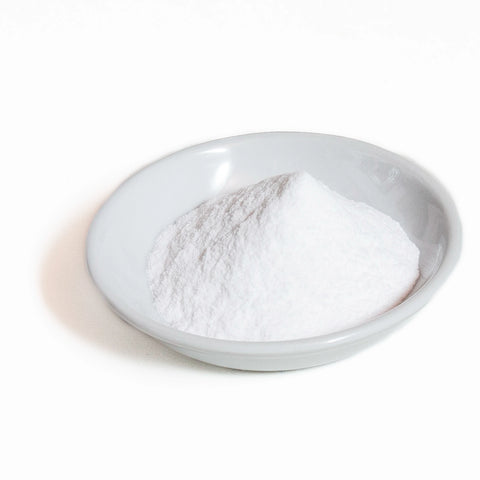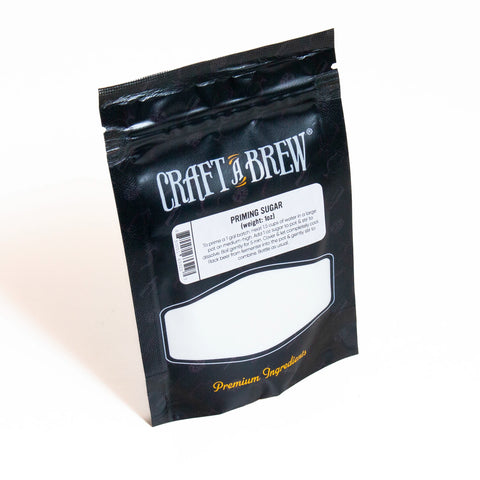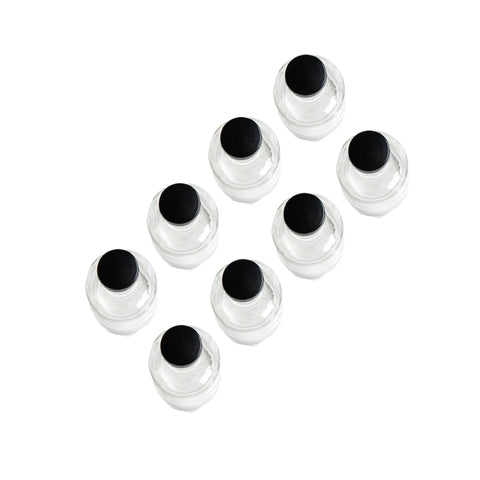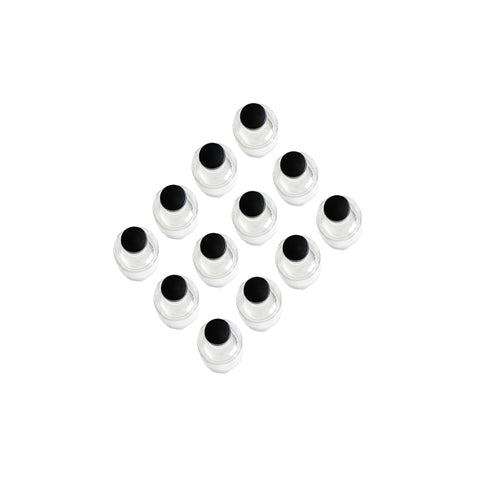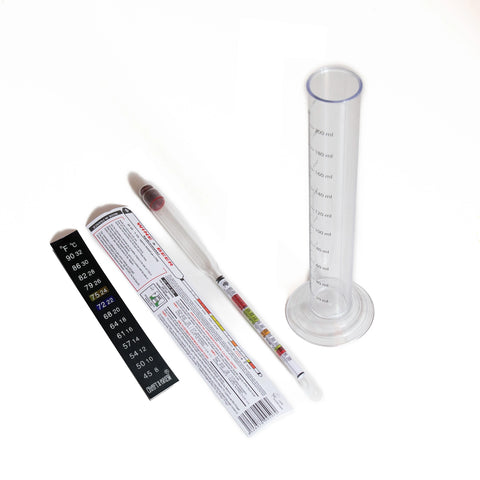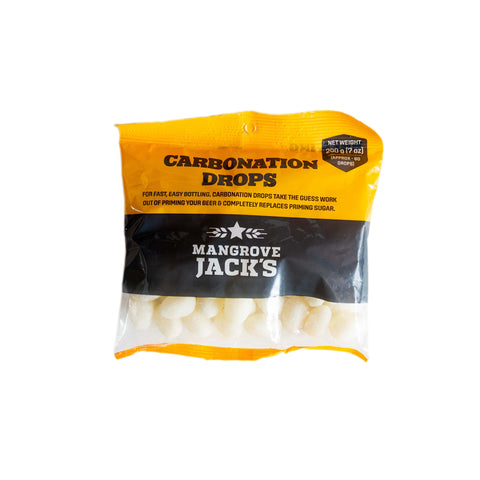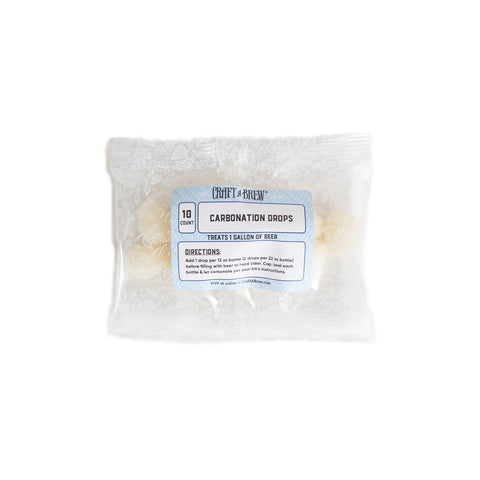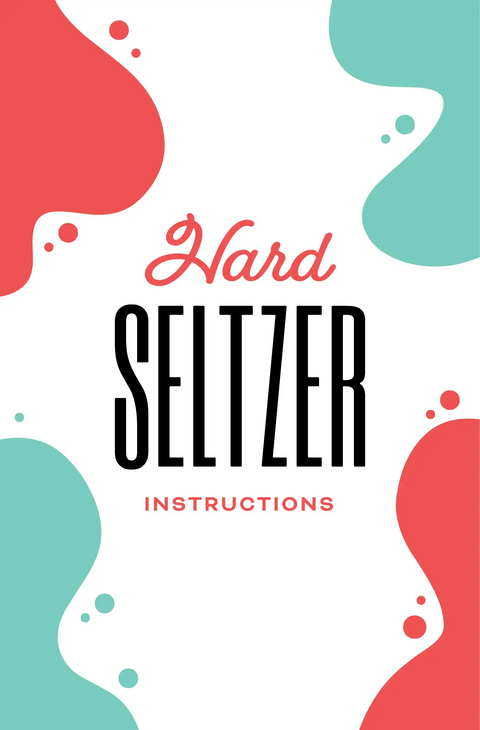Making Hard Seltzer - FAQ
Our Hard Seltzer Kit makes one gallon of fizzy hard seltzer, which is roughly ten 12 oz bottles or either 16 oz bottles.
One of the most important ingredients is water. You’ll need 1 gallon of distilled water or “reverse osmosis” water. Spring water or tap water are not recommended for the best finished product, but can be used in a pinch. You’ll also need a large stock pot, a spoon & a bag of ice for brew day. You’ll also need bottles for bottling & carbonating your hard seltzer.
Your homemade hard cider will finish at about 4.5% ABV (alcohol by volume). The best way to determine your hard seltzer’s exact ABV is with a hydrometer.
You can certainly omit the grapefruit flavor if you aren’t a fan. You can get creative with alternative flavors. We find that crystallized fruit yields the best flavor and clarity. A brand like True Lime, True Lemon, True Grapefruit, True Orange is perfect. If you want a flavor that isn’t citrus you can use other flavor extracts that don’t contain sugar - otherwise the flavor ingredient can interfere with the carbonation process. Too much sugar added at bottling can cause over-carbonation or even burst bottles.
You’ll need roughly ten 12oz bottles (or eight 16oz bottles). We have a variety of Bottling Kits that are perfect for your Hard Seltzer. We personally like our Clear Bottling Kit, which includes eight twist-cap “stout” style bottles. You can also re-use or recycle bottles from beer or cider you drink at home. We like Grolsch beer bottles, which are flip-top style and don’t require caps or a capper tool. OR you can reuse pry-off bottles with our Capping Kit, which includes bottle caps & a capper tool.
Don’t worry - it can be improved! Low carbonation levels usually means that the yeast simply needs some more time to create CO2. If you’ve moved all bottles from your batch into the fridge, bring them out and let them stand at room temperature for another 3-5 days before chilling a bottle & testing again. Weak carbonation can also be caused by: too much headspace in bottles, carbonating in too cold an environment, not using enough priming sugar or having an improperly sealed cap. For future brews, try our pre-measured Priming Sugar packs or Carbonation Drops.
Yep! Sediment is to be expected in any naturally fermented beverage. Any yeast that is suspended in the seltzer will eventually settle to the bottom of the bottle during carbonation. You can avoid getting this into your glass by pouring slowly and leaving the last ounce in the bottom of the bottle. There is no perfect way to remove all of the sediment unless you use a professional style filter, but getting the sediment into your glass will not hurt anything except the appearance.
We recommend enjoying your homemade hard cider within 6 months of refrigerating it for the best flavors.
If you’re still stumped or don’t see your question answered above - email us at support@craftabrew.com. Don’t dump anything until we’ve connected. Including photos in your email will help us help you more efficiently.


